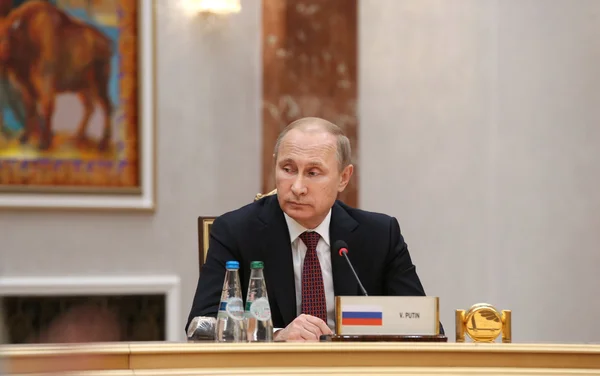
Once the remaining nuclear weapons control treaty between Moscow and Washington runs out in 2026, it will take away the final lid on strategic missile stockpiles. President Vladimir Putin has proposed a one-year renewal of the New START treaty on a conditional basis but warns that his offer carries a grim qualification: if the United States fails to respond, Russia will respond “not with words but with military-technical measures.” The language, in Kremlin parlance, is equivalent to a set of advanced weapons programs including ones targeting space.
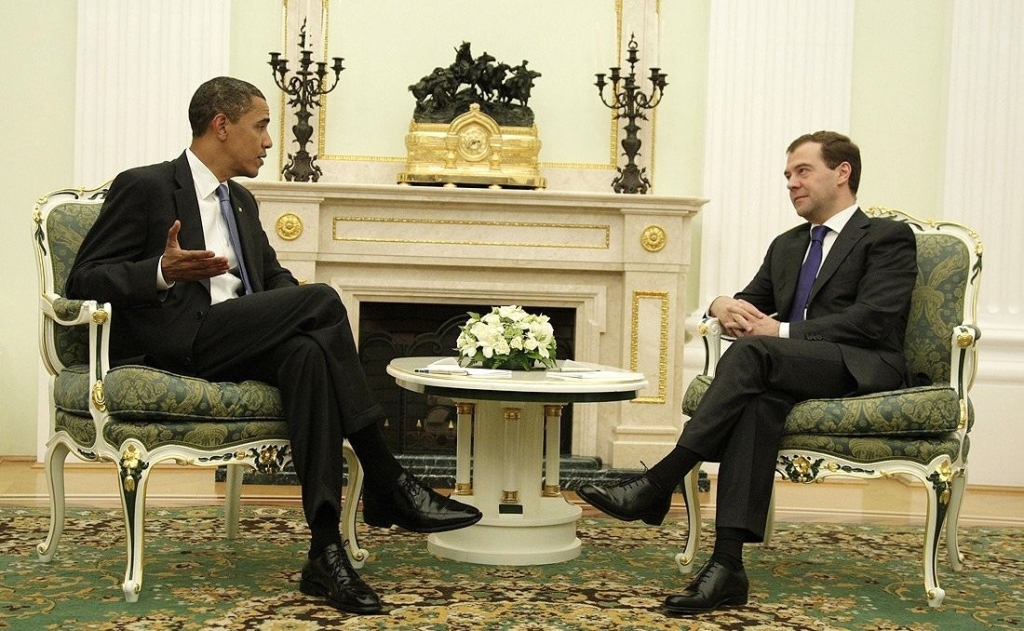
1. The Conditional Extension of New START
Signed into law by Dmitry Medvedev and Barack Obama in 2010, New START caps both sides at 1,550 deployed nuclear warheads and 700 deployed bombers and missiles, supported by on-site inspection. An extension of it to February 2027, as proposed by Putin, would maintain those caps temporarily. “Only if the United States returns the gesture,” he made the offer, casting it as a stabilizing move during turbulent times. Arms control advocates like Daryl G. Kimball have described it as “an important and positive step,” warning that without it, an expensive arms race could be resumed.
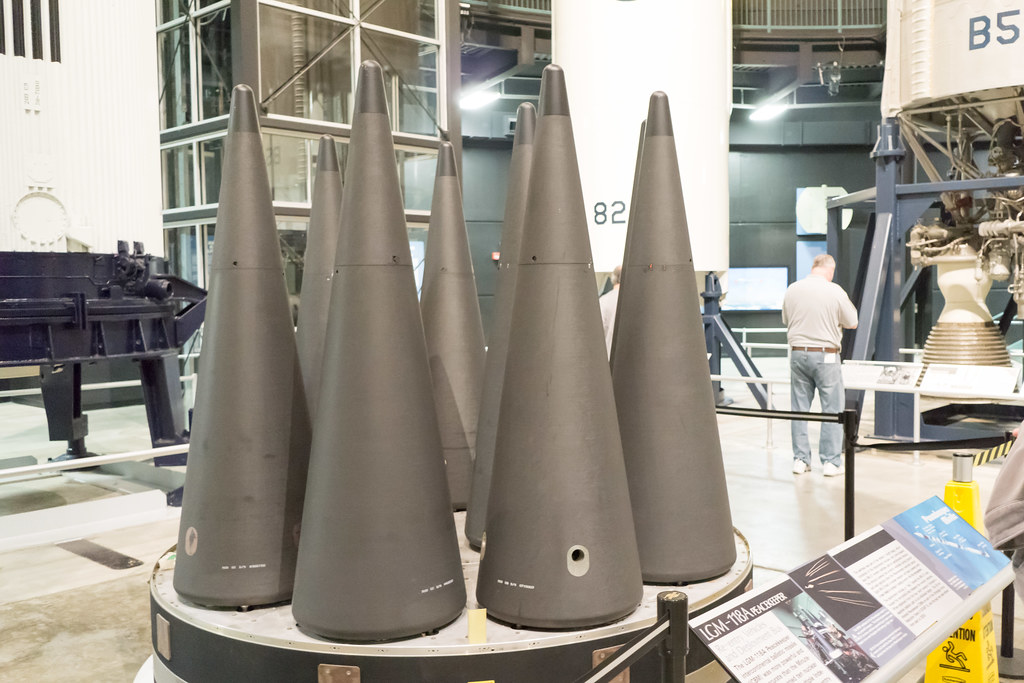
2. The Strategic Context of Russia’s Warning
Putin’s hesitation over “military-technical measures” follows Russia’s recent suspension of its voluntary moratorium on fielding ground-launched IRBMs. Intermediate-range missiles, ranging from 500 to 5,500 kilometers, were prohibited under the expired INF Treaty. Contemporary IRBMs are likely to feature MIRVs, which complicate defense against them and reduce or eliminate decision time in the heat of a crisis.
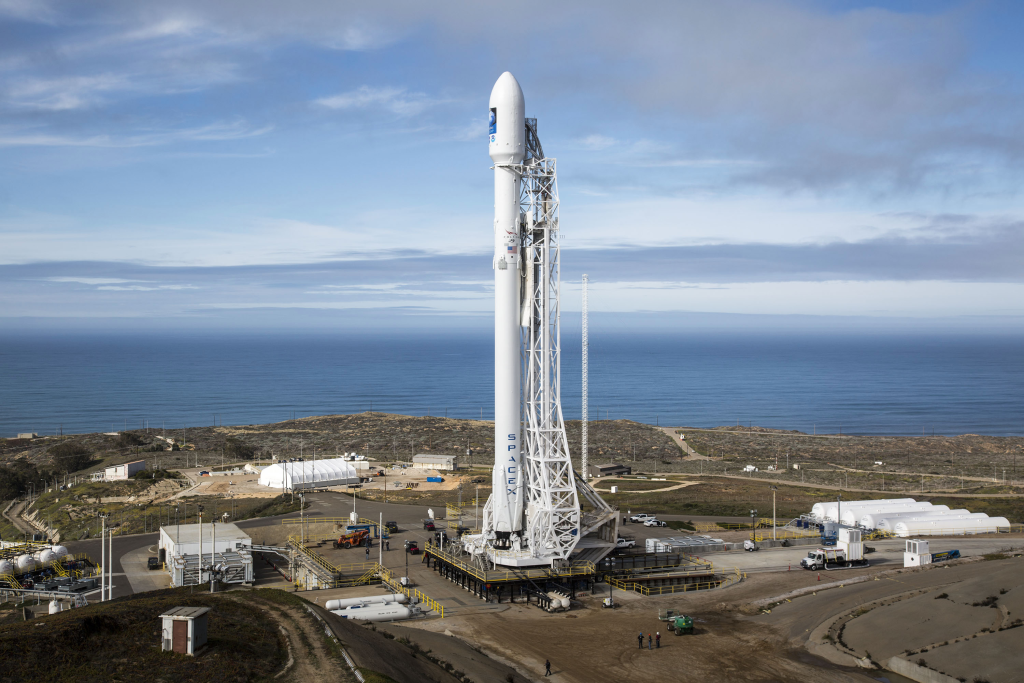
3. Space as a New Frontier in Strategic Stability
Putin’s protest against the placement of American arms in space is an age-old Russian concern that missile defenses in space would circumvent deterrence. The economics of space travel have come down SpaceX’s reusable Falcon 9 technology brings costs per kilogram to space down to around $200 from the $30,000 of the Space Shuttle so constellations of hundreds of satellite missile trackers are now feasible. As a response to this mission, Russia has apparently reactivated Cold War ideas like the nuclear-armed co-orbital anti-satellite (ASAT) system to demolish satellites at random using radiation and electromagnetic effects.
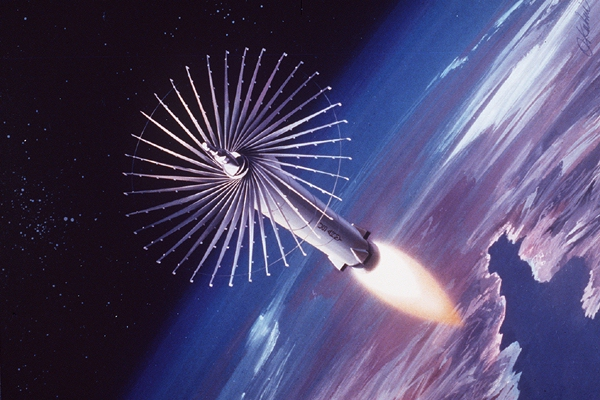
4. Engineering and Lethality of Nuclear ASAT Systems
An orbital nuclear explosion would not create debris but would render electronics in much of low Earth orbit out of commission. Russian development of such capability, as hinted at by US intelligence briefings in 2024, would put hundreds of satellites, from GPS and communications to missile warning ones, at risk. The technology is comparable to the Soviet Fractional Orbital Bombardment System (FOBS) tested in 1967, which employed unstable orbital paths to avoid radar and missile defense detection.
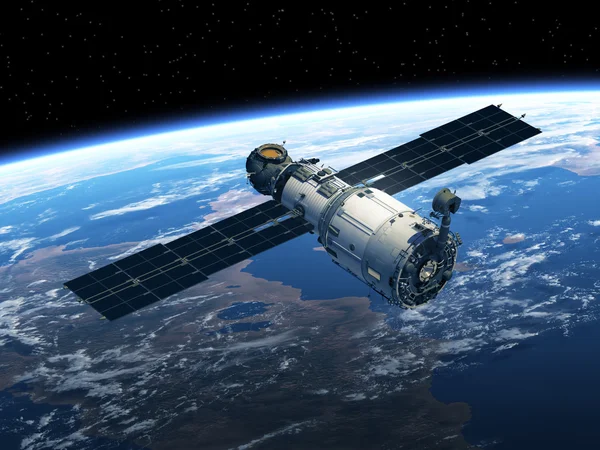
5. Arms Control Verification Challenges
New START verification depends on data exchanges and inspections to verify compliance. Inspections ceased in 2020 because of the pandemic and did not re-open. In the absence of transparency, the opportunity for misinterpretation increases, particularly as dual-use space technology spreads. The Outer Space Treaty forbids the deployment in orbit of nuclear weapons, but its definitions have loopholes FOBS evaded the prohibition by going less than a fractional circumference around the globe before descending on its target.
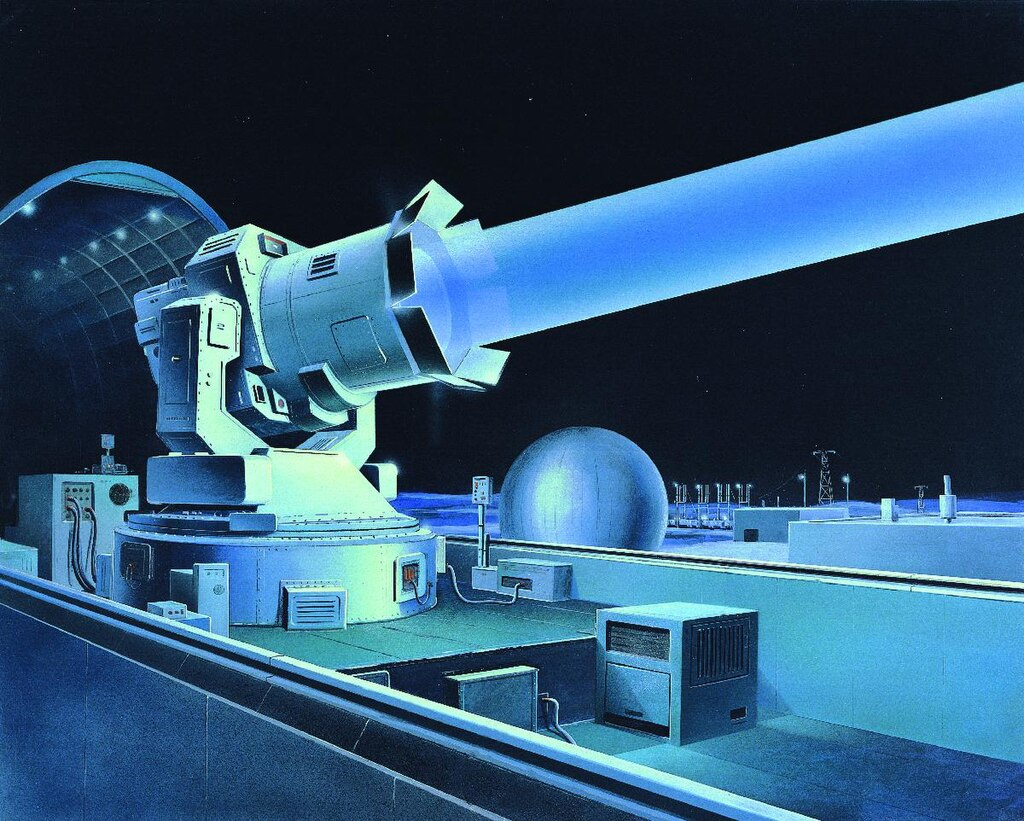
6. Russia’s Military Doctrine and Space Integration
Russian nuclear doctrine revisions in 2020 and 2024 include focusing on aggressive deterrence, with pundits like Sergey Karaganov proposing capable nuclear threats due to conventional inferiority. Military “experts” now more than ever regard commercial satellite constellations like Starlink as a military threat, and therefore prioritize countermeasures from ground-based ASAT missiles to maneuvering co-orbital interceptors. These technologies become part of more integrated warfighting strategies involving nuclear, cyber, and electronic warfare forces.
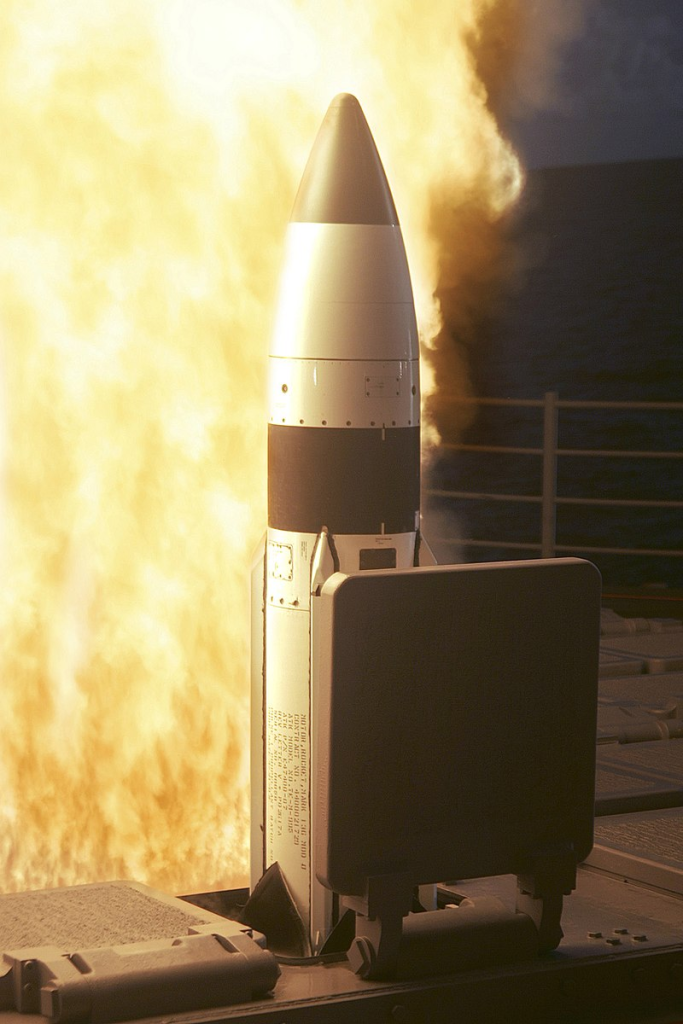
7. U.S. Countermeasures and Strategic Options
US planners are considering ways of repurposing existing missile defense interceptors like SM-3 and SM-6 to ASAT tasks. Vertical launch economics now favor expeditious space-based missile defense deployment, but a kill vehicle cost continues to be a constraint. New early warning sensor upgrade to recognize unconventionally profiled attacks like south-polar orbital bombardment would enhance resilience.
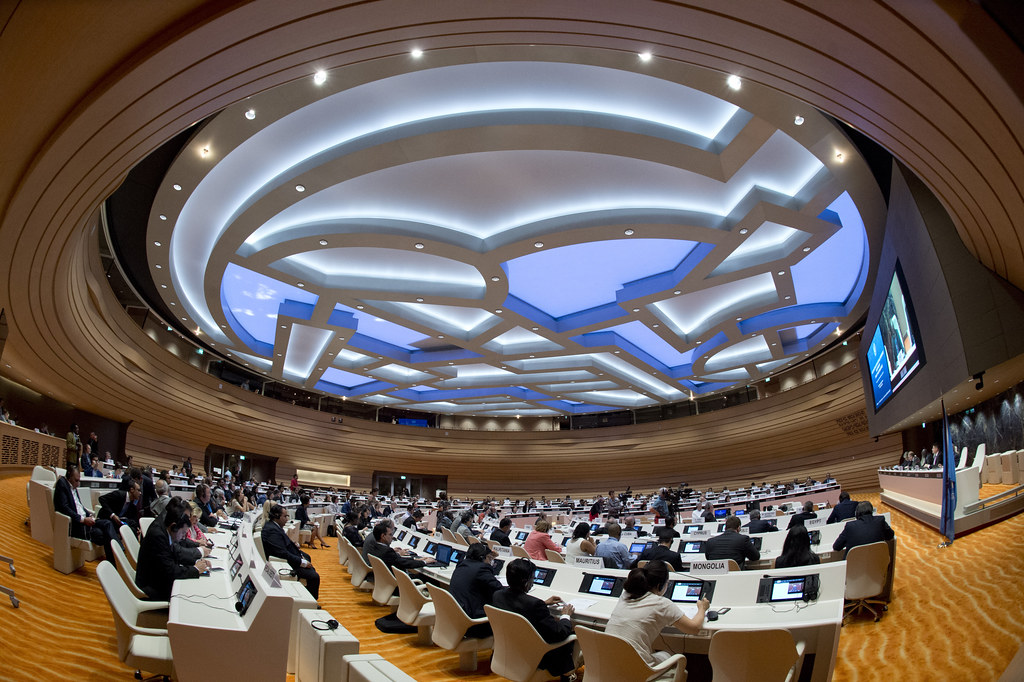
8. Diplomatic Implications
Weakening nuclear arms control by placing them in space would shatter the remaining cooperative institutions, shutting any door for a New START successor. It would deteriorate the international legal regime of space, discrediting bodies such as the UN Committee on the Peaceful Uses of Outer Space. Recent American–Japanese–led initiatives to prohibit nuclear-armed ASATs have been vetoed by Russia, mirroring deep-seated geopolitical cleavages.
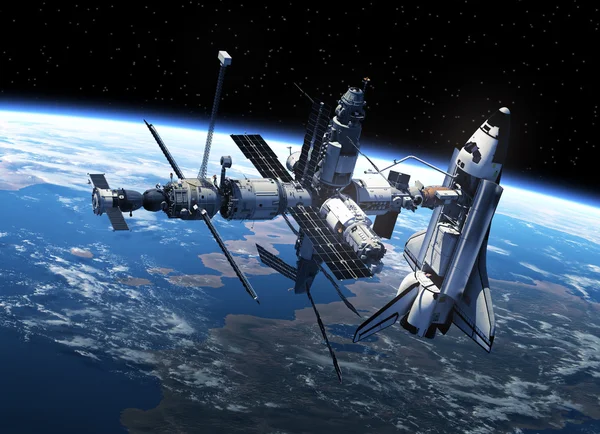
9. The Problem of Mutual Vulnerability
Cold War deterrence relied on mutual vulnerability; space-based missile defense and nuclear ASATs disrupt that balance. The sheer density of U.S. satellite infrastructure renders it a tempting target, while Russia possesses a sparse constellation that would perhaps more easily be defended. That asymmetry enters into cost-benefit calculations and makes arms control discussions harder.
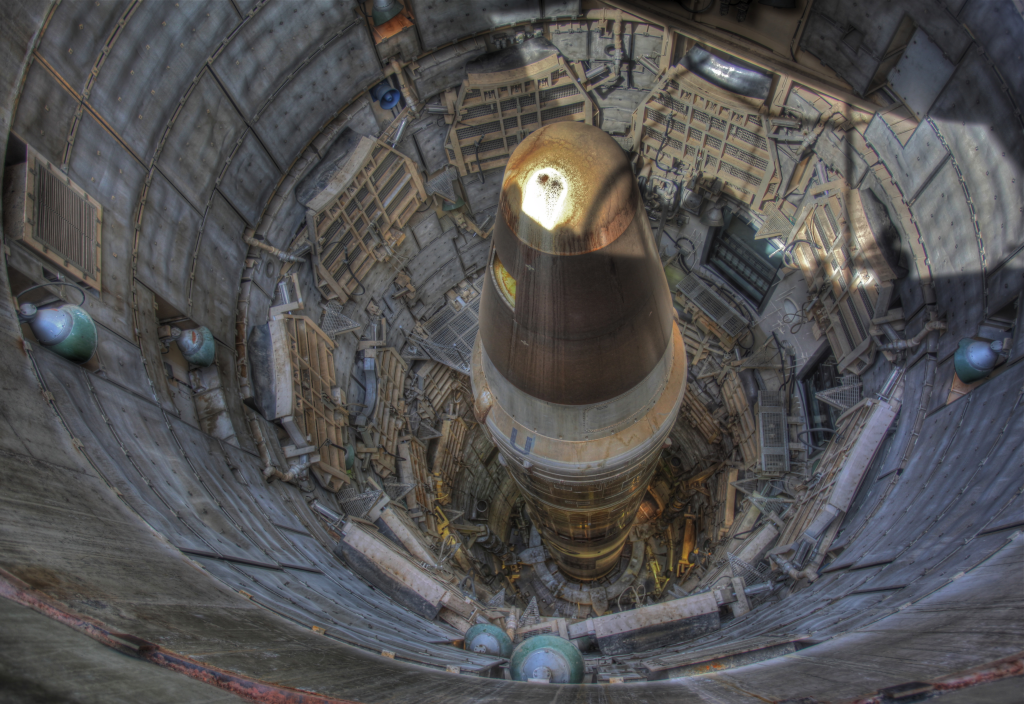
10. Engineering Resilience into Space Systems
In order to counter the threat, the U.S. is moving toward distributed satellite architectures based on swarms of many small, low-signature satellites with uncertain orbits. They are more difficult to attack with kinetic ASATs but are vulnerable to nuclear effects. Technical counters are hardened electronics, rapid replenishment through reusable launch systems, and redundant ground control facilities.
Putin’s double message grudging collaboration on nuclear constraints, but willingness to ratchet up in space appeals to the vulnerability of strategic stability at a time when missile silos and orbiting platforms are equally sources of the same deterrent formula. The next few years will determine whether the New START framework can be preserved or whether the world enters a new, boundless age of nuclear and space competition.

